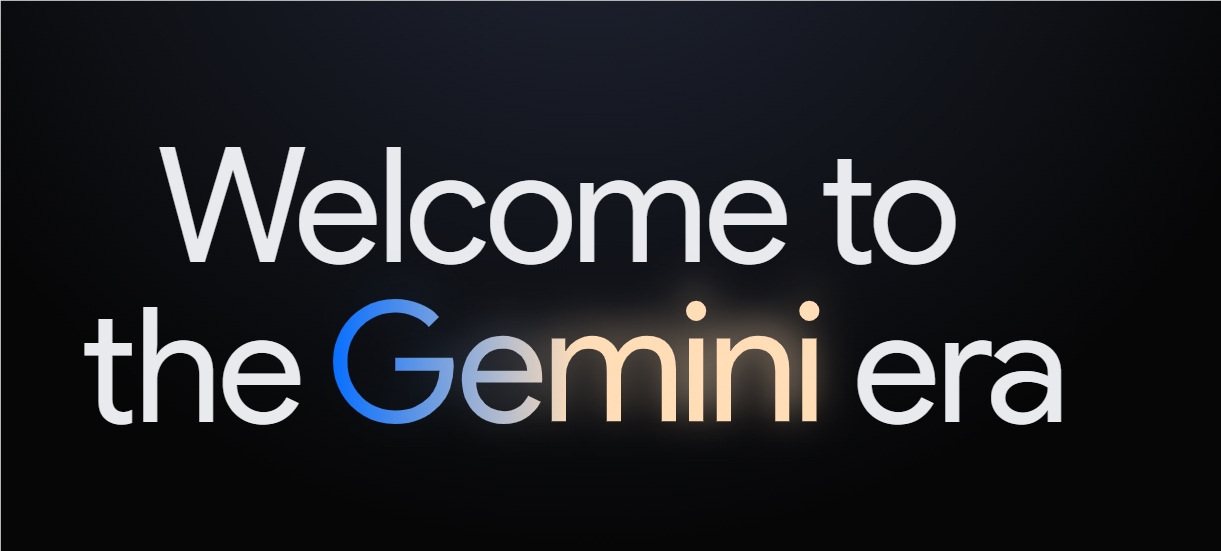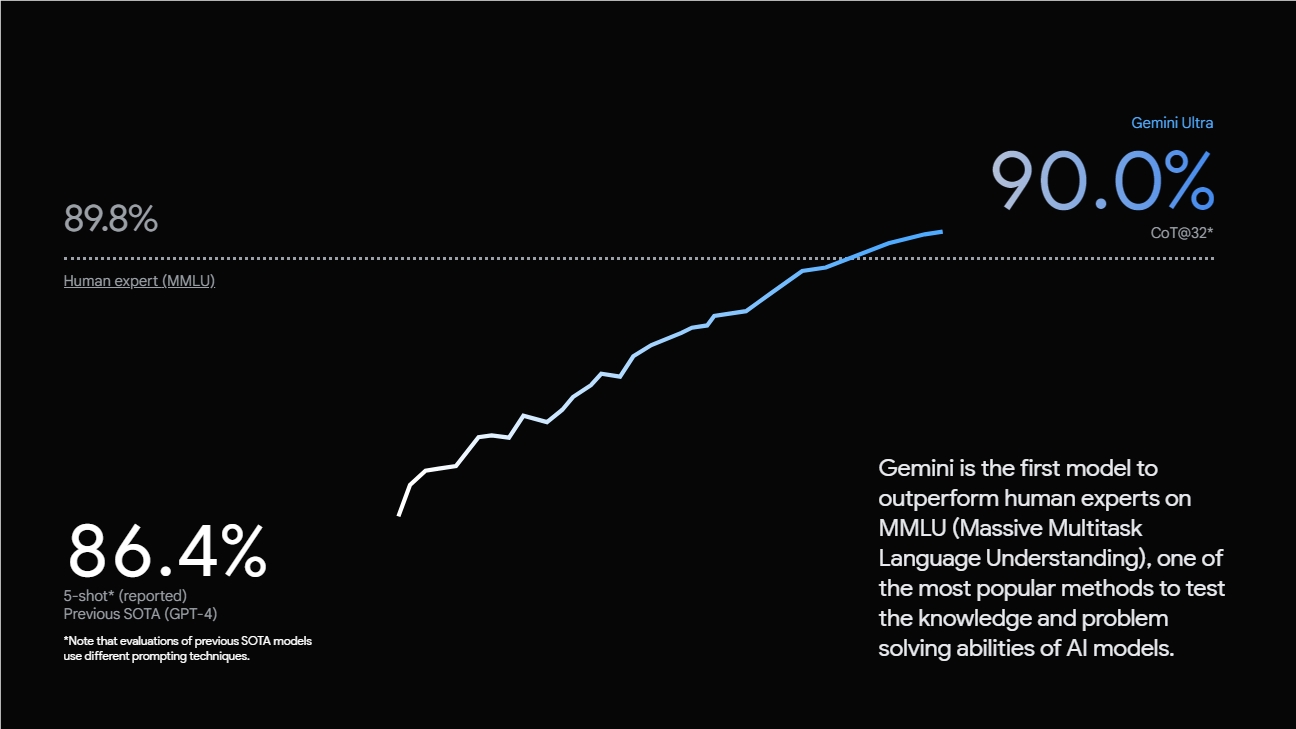What is Gemini? How Does Google's Gemini Differ from Other AI Models Like GPT-4?
-
What is Gemini?
Google Gemini is the latest powerful artificial intelligence model released by Google, capable of not only understanding text but also processing images, videos, and audio. As a multimodal model, Gemini is described as being able to perform complex tasks in fields such as mathematics and physics, while also understanding and generating high-quality code in various programming languages.
Gemini was created jointly by Google and its parent company Alphabet and is released as the company's most advanced AI model to date. Google DeepMind also made significant contributions to the development of Gemini.

Google describes Gemini as a flexible model that can run on various platforms from Google data centers to mobile devices. To achieve this scalability, Gemini is divided into three versions: Gemini Nano, Gemini Pro, and Gemini Ultra.
-
Gemini Nano: Designed to run on smartphones, particularly the Google Pixel 8. It is built for on-device execution of tasks requiring efficient AI processing without connecting to external servers, such as suggesting replies in chat apps or summarizing text.
-
Gemini Pro: Runs in Google's data centers and is designed to power the latest version of the AI chatbot Bard for companies. It is capable of quick responses and understanding complex queries.
-
Gemini Ultra: Although not yet widely available, Google describes Gemini Ultra as its most powerful model, surpassing current state-of-the-art results on "30 out of 32 widely used academic benchmarks in large language model (LLM) research and development." It is designed for highly complex tasks and is planned for release after completing the current testing phase.
How to use Gemini?
Gemini is currently available in Nano and Pro versions in Google products such as Pixel 8 phones and the Bard chatbot. Google plans to gradually integrate Gemini into its search, advertising, Chrome, and other services over time.
Developers and enterprise customers will be able to access Gemini Pro through Google's AI Studio and the Gemini API in Google Cloud Vertex AI starting December 13. Android developers will access Gemini Nano through AICore during the early preview phase.

How Does Gemini Differ from Other AI Models Like GPT-4?
Google's new Gemini model appears to be one of the largest and most advanced AI models to date, though the release of the Ultra model will ultimately confirm this. Compared to other popular models currently powering AI chatbots, Gemini stands out due to its native multimodal capabilities, while other models like GPT-4 rely on plugins and integrations to achieve true multimodality.
Unlike GPT-4, which is primarily text-based, Gemini can easily handle native multimodal tasks. While GPT-4 excels in language-related tasks such as content creation and complex text analysis, it depends on OpenAI's plugins for image analysis and web access, as well as DALL-E3 and Whisper for image generation and audio processing.
Gemini is more product-ready compared to other currently available models. It is either already integrated into the company's ecosystem or planned to be, as it powers both Bard and Pixel 8 devices. Other models, such as GPT-4 and Meta's Llama, are more service-oriented and can be used for various third-party developer applications, tools, and services.
The launch of Google Gemini marks another step forward in Google's innovation in the field of artificial intelligence. Its multimodal nature makes it more flexible in handling different types of information, providing users with a broader range of application scenarios. As Gemini gradually integrates into Google's ecosystem, we can expect to see more amazing applications and services.
Official introduction website: https://deepmind.google/technologies/gemini/#introduction
-
